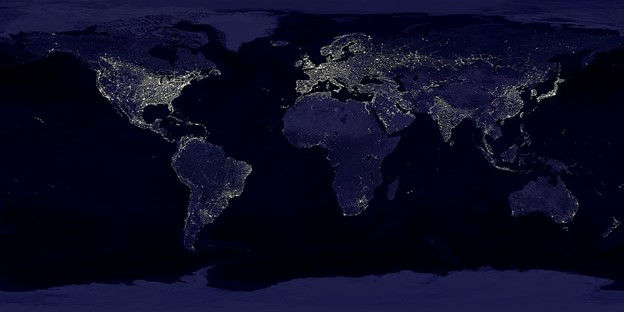
It’s a brand new year and we have a lot to look forward to. The COVID 19 epidemic seems to be lightening up and now we just have to pick up the pieces and start moving on. There’s a global economic crisis to deal with and the price of food is on the rise. There are more than a few wars going on and supply chain problems continue to cripple certain industries. It seems like there’s a lot to worry about, but how did we get here in the first place? We’re not talking about the current state of affairs; we’re talking about civilization itself.
Just living in a global civilization seems like it’s a lot more trouble than it’s worth right now. That’s why it seems to be a good time to take a look back at how it all began. We can’t look forward to a brand new year of uncertainty without taking a look at the very history of civilization itself. I just might do us some good to see just how far we’ve come as a society. If nothing else, it will take your mind off all the problems for a few minutes and maybe teach you something you didn’t know!
What makes a Civilization
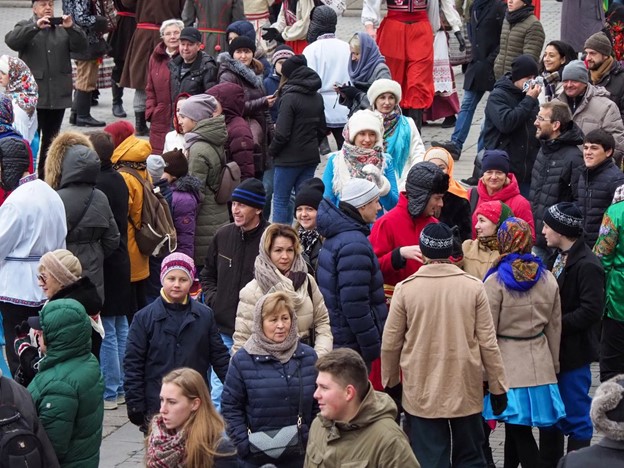
It’s important to first define civilization and what it needs to be called a society. You can’t just look at a few disparate groups of nomads in the same geographic area and call them a society. There has to be a few different things coming together to create a whole out of the many.
First off, you need settlements classifiable as towns or cities. This requires food production to be efficient enough for a large majority of the community to be engaged in more specialized activities, Such as the creation of large buildings or works of art, and the practice of skilled warfare. Above all it needs the administration of a centralized bureaucracy capable of running the machinery of state. Civilization requires at least a rudimentary civil service to call itself civilized.
On top of that, a system of writing is an almost indispensable aid. This is not invariably the case because at least one civilization, that of the Incas in Peru, did thrive without writing. However, the development of writing greatly enhances civilization, and with a script comes history. That’s where all of our information is coming from right now! Let’s take a look at the first civilizations.
Egypt and Mesopotamia
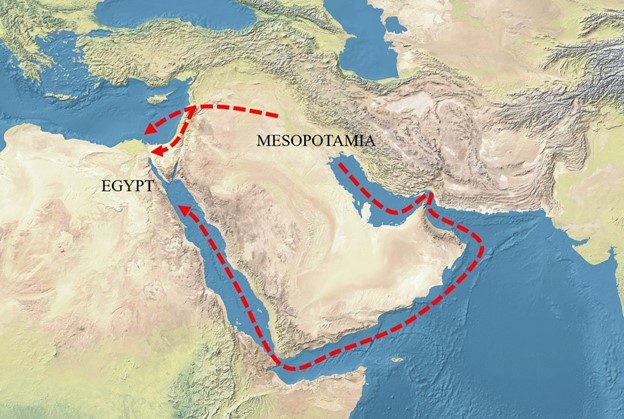
In about 3200 BC the two earliest civilizations developed in the region where southwest Asia joins northeast Africa. Great rivers are a crucial part of the story. The Sumerians settled in what is now southern Iraq, between the mouths of the Euphrates and the Tigris. Egypt developed in the long narrow strip of the Nile valley. Rivers offer two main advantages to a developing civilization. They provide water to irrigate the fields, and they offer the easiest method of transport for a society without paved roads. Rivers will play an equally important role in two other early civilizations, such as those of the Indus and of northern China.
Indus and The Aegean
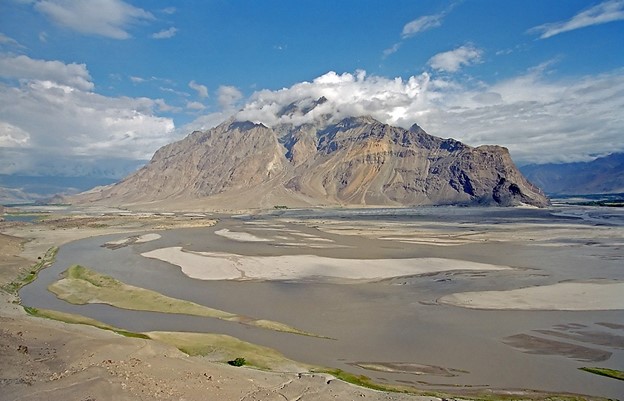
By about 2500 BC the Neolithic villages along the banks of the Indus are on the verge of combining into a unified and sophisticated culture. The Indus civilization, with its two large cities of Harappa and Mohenjo-Daro, expands over a larger region than Egypt and Mesopotamia combined. It will survive, in a remarkably consistent form, for about 1000 years. That, as you may or may not realize, is longer than many of our modern day civilizations have been around, and may survive.
The next region to develop a distinctive civilization centers on the Aegean Sea. The bays and inlets of the rugged coastal regions of Greece, and the many small islands strung like pearls across this relatively sheltered sea, combine to make this an ideal area for trade (and piracy) among people whose levels of nautical skill make short hops a necessary precaution. The Aegean civilization stands at the start of the very lively tradition of Mediterranean culture. It begins in the large island which is perfectly placed to guard the entrance to the Aegean: Crete.
China
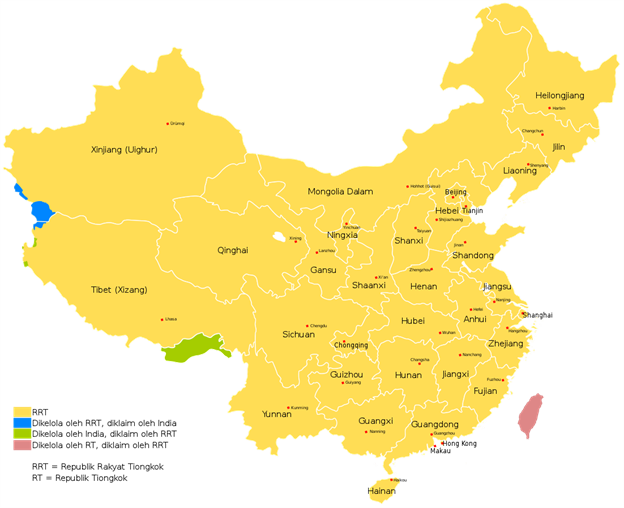
The longest consistent civilization in the human story so far is that of China. This vast eastern empire seems set apart from the rest of the world, fiercely proud of its own traditions, resisting foreign influences. Its history begins in an independent manner. There are no identifiable precedents for the civilization of the Shang dynasty, which emerges in China in about 1600 BC. Its superb bronze vessels seem to achieve an instant technological perfection. Its written texts introduce characters recognizably related to Chinese writing today. This is a civilization which begins as it will continue with confidence, and it seems to be working.
The Americas
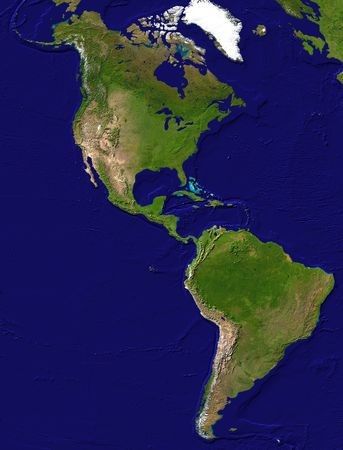
Around 1200 BC, the earliest American civilizations have their beginnings, with the Olmec in Central America and the Chavín in the Andes. Both these cultures developed large towns centered on religious temples. Both are now famous for their sculptures and each, in its own region, is at the start of a succession of civilizations leading directly to the two which are discovered and destroyed in the 16th century by the Spanish: the Aztecs in Central America and the Incas in the Andes. You can, no doubt, simply look at an Aztec Temple and know what it is and Machu Picchu is known across the globe.
The Mediterranean
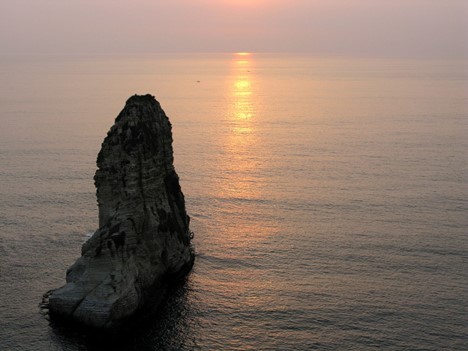
The time around 1000 BC is typically considered to be the end of prehistory and the start of ancient history. That’s simply because of the amount of it that we can still see today. Yes, you may think of the Egyptian Pyramids as ancient history, but all we really know about them is that they were constructed sometime between 2550 and 2490 BC. We don’t really know how or why they were built, we simply have theories. We can’t just look up a diary entry from Joey the Egyptian and find out what he did for work at the Giza jobsite that day. That’s what separates our ancient civilizations from our prehistory civilizations and the Greeks and Roman tended to write a lot about them!
The first distinctively Mediterranean civilization, which is that of the Aegean, comes to a sudden and still unexplained end around 1200 BC. Some 200 years later an energetic seafaring people, the Phoenicians, become extensive traders. From their base in Lebanon they establish colonies along the coast of Africa and even into the Atlantic. Their example as Mediterranean imperialists will be followed by the Greeks and then by the Romans. The Mediterranean becomes the world’s most creative arena for the clash and synthesis of civilizations which is a status which it has never entirely lost, for both the good and the bad.
Global Civilizations
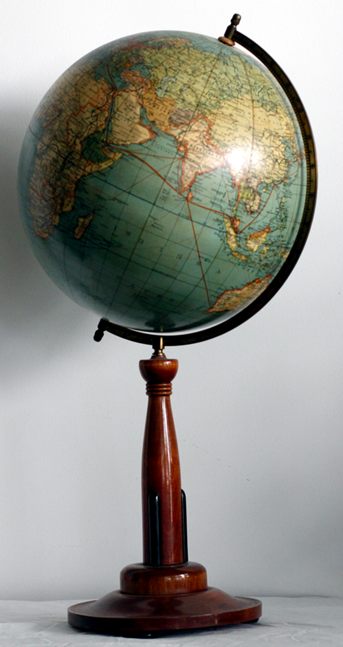
The first sustained contact between Europe and America, in the 16th century, opens the door to a new concept – world-wide civilizations, evolving through colonies and empires. Spanish civilization is exported to Latin America. English culture spreads even further, in an empire which includes India, Australia, New Zealand, Canada and eventually many parts of Africa.
From the 16th to the 19th century it is this imperial impulse which carries European civilization round the world, often as a thin veneer over older and very robust local cultures. But by the 20th century there are different forces at work. For much of the 20th century ideology has been the driving force in the export of two very different concepts of civilization, American capitalism and Russian Communism. At the same time mass communication has made it possible to export a region’s popular culture to the rest of the world – notably that of America through radio, cinema and television. Other influences, such as multinational companies or the internet, have a similar effect in the modern day.
Here we Are

And that’s where we find ourselves today! That’s pretty much a collection of the most important things that led to today. It doesn’t matter where you’re from or what your day is like. All of that history is what got you to this very second of this very day and that means a lot. Just think about how fragile it all really is. The whole thing could have stopped at any one of those points in the past. That’s why it’s so important to appreciate everything you have around you.
It took a lot of trial and error and a lot of human suffering to make all of this happen. You may find it increasingly difficult to buy food or you may be struggling with your utility bills. Just know that you’re not alone and that’s it’s taken a lot of work to get where we are right now. Reach out for help if you need it, but don’t let it get you down! You’re here because of a lot of other people that were exactly like you and you should be very proud of our accomplishments as a society!
We think Carl Sagan gave us the quote to leave on:
“We succeeded in taking that picture [from deep space], and, if you look at it, you see a dot. That’s here. That’s home. That’s us. On it, everyone you ever heard of, every human being who ever lived, lived out their lives. The aggregate of all our joys and sufferings, thousands of confident religions, ideologies and economic doctrines, every hunter and forager, every hero and coward, every creator and destroyer of civilizations, every king and peasant, every young couple in love, every hopeful child, every mother and father, every inventor and explorer, every teacher of morals, every corrupt politician, every superstar, every supreme leader, every saint and sinner in the history of our species, lived there on a mote of dust, suspended in a sunbeam.”
One comment on “How We All Got Here”
Kzkazpluts
March 31, 2023 at 7:26 pmvery good